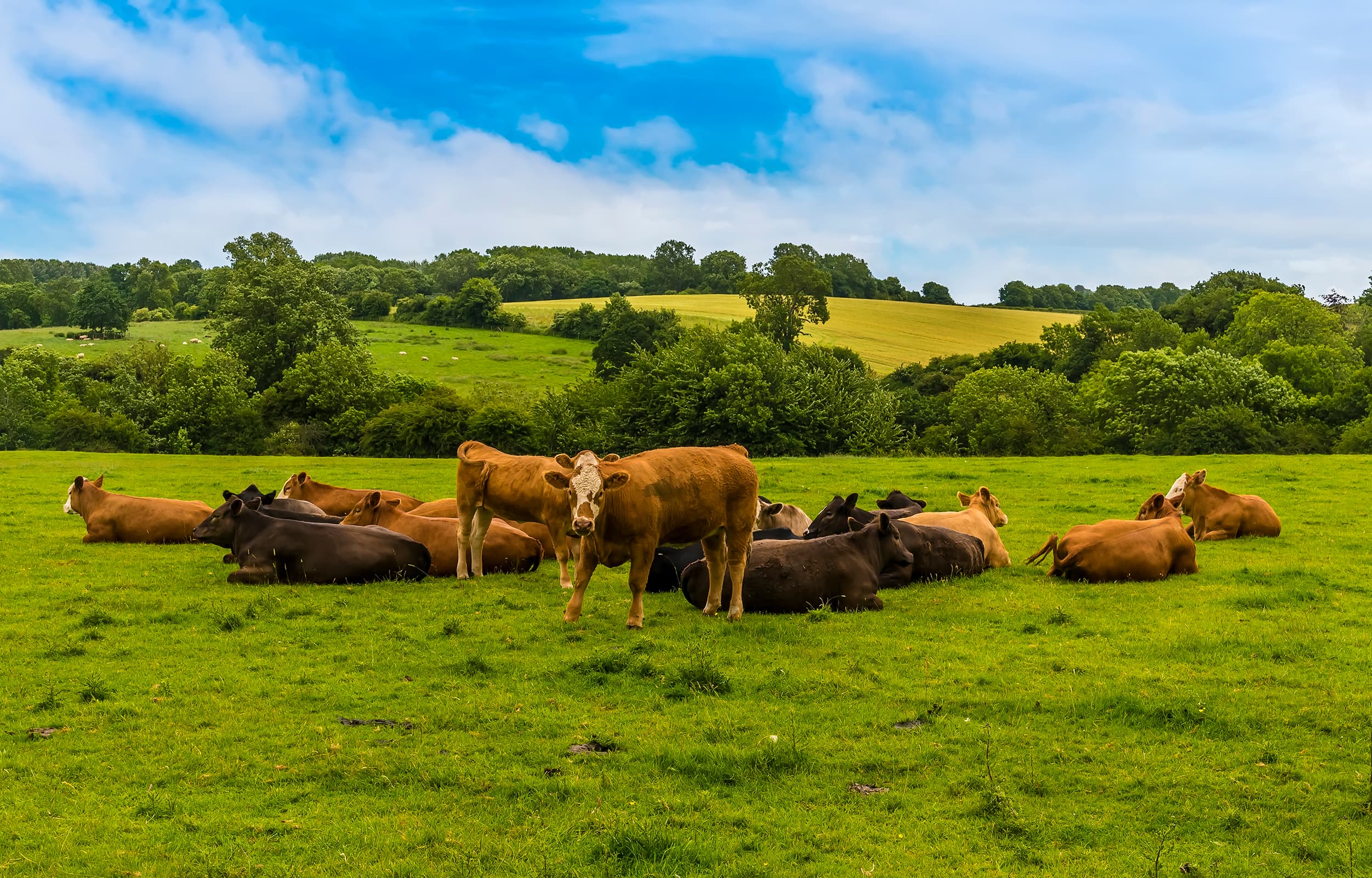What is the interferon-gamma test?
The cornerstone of tuberculosis (TB) control in cattle and other species is the rapid, accurate identification and removal of animals infected with the TB bacterium Mycobacterium bovis (M. bovis) before they can spread the disease to other animals. The interferon-gamma test (or ‘gamma’ test for short) is a supplementary blood test used alongside the tuberculin skin test to maximise the probability of detecting TB-infected animals in cattle herds affected by TB breakdowns.
The gamma test was developed in Australia in the early 1990s and approved under EU legislation for use in cattle in 2002. It then underwent extensive evaluation under GB conditions before being officially rolled out in England in October 2006. The gamma test achieved approval and registration by the World Organisation for Animal Health (WOAH) in 2015. To this day it remains the only blood test approved in the UK and the EU to supplement the skin test for TB in cattle.
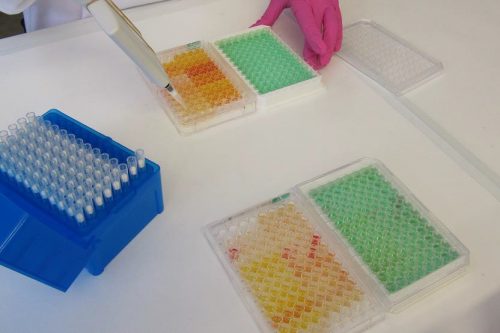
How does it work?
TB in cattle is usually a chronic infection and clinical signs of the disease often take a long time to develop. Infected cattle can become infectious before they show any obvious signs or develop lesions in their internal organs. All our main diagnostic tests detect the immune response to bovine TB, rather than look for the bacterium itself.
The gamma test is carried out in the laboratory using freshly collected blood samples. The test is based on measuring the levels of a cytokine (an immunological hormone or messenger protein) called ‘interferon gamma’ (IFNγ). IFNγ is released by the white blood cells of cattle infected with TB when stimulated with bovine and avian tuberculins (the same as used in the tuberculin skin test). IFNγ can be measured, and like the skin test, blood samples from TB-infected animals will release greater amounts in response to bovine tuberculin compared to avian tuberculin.
When does APHA use the gamma test?
The gamma test is used as a supplementary test alongside the skin test in specific TB breakdown herds. The aim of combining the skin and blood tests is two-fold: to shorten the duration of the TB breakdown and reduce the risk of leaving infected animals undetected in the herd by the time movement restrictions are lifted. Any skin test-negative but gamma test-positive animals must be slaughtered to increase the probability of correctly identifying all TB-infected cattle in the affected herd. The gamma test is compulsory for every new TB breakdown herd with lesion and/or culture positive animals in:
- The Low Risk Area (LRA) of England and the Low and Intermediate North TB areas of Wales
- Scotland
- Annual surveillance testing parts of the Edge Area of England
In Wales only, the gamma test is also compulsory for certain inconclusive reactors that give an inconclusive result upon re-testing. In England and Wales, the gamma test is repeated as long as standard interpretation skin test reactors and/or animals with visible lesions of TB at slaughter continue to be identified in those herds.
Since 12th July 2021, gamma testing is also compulsory for recurrent TB breakdowns with lesion and/or culture positive animals in the High Risk Area (HRA) and six-monthly surveillance testing areas of the Edge Area in England where the following criterion is met.
- The breakdown occurred within 18 months of the herd regaining officially TB free (OTF) status following a previous breakdown with lesion and/or culture positive animals.
Visit our policy page for further information about the changes to gamma testing policy in England in 2021.
The gamma test is also used to help resolve persistent TB breakdowns (herds that have been under movement restrictions for more than 18 months) and on a discretionary basis in other situations, for example in TB breakdowns with high numbers of reactors to inform decisions about a potential full or partial herd slaughter.
Is it always carried out at the same time as the skin test?
For disease control reasons it is important that the gamma test is carried out as soon as possible after the herd becomes eligible, so that infected animals can be identified and removed at the earliest opportunity. The sooner the blood test is deployed, the greater its potential benefits such as reducing the length of time under TB restrictions. Where practical, gamma testing is completed before the first short interval test (SIT) in new TB breakdowns. APHA will discuss the timing of gamma testing with the herd owner before arranging the test. If the gamma test is carried out at the same time as the skin test, the blood sample is taken before the injections of tuberculin on day 1 of the test (TT1) or after the reading of the skin test on day 2 (TT2).
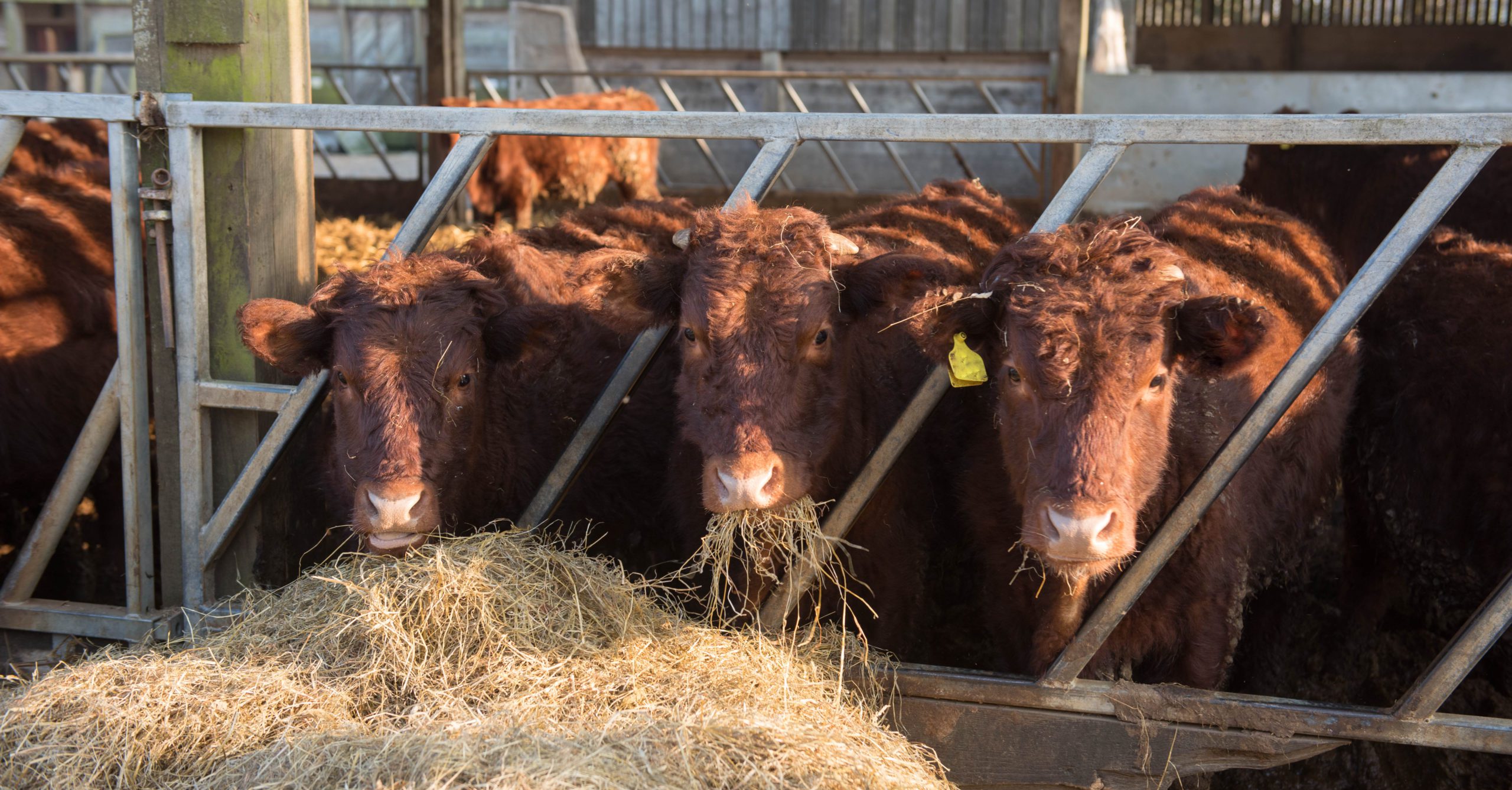
Do I have to undertake a gamma test requested by APHA?
Yes, the gamma test is approved for statutory TB testing of bovine animals in England, Scotland and Wales and can be used by APHA when it is considered necessary. The keeper has a legal obligation to comply with all reasonable requirements of APHA with a view to facilitating the gamma test. If a keeper fails to comply, APHA may take any steps necessary to facilitate testing of the animals and may recover the amount of any expenses reasonably incurred. Any non-compliance may constitute an offence which can be referred to the relevant Local Authority for investigation and any enforcement action they deem appropriate.
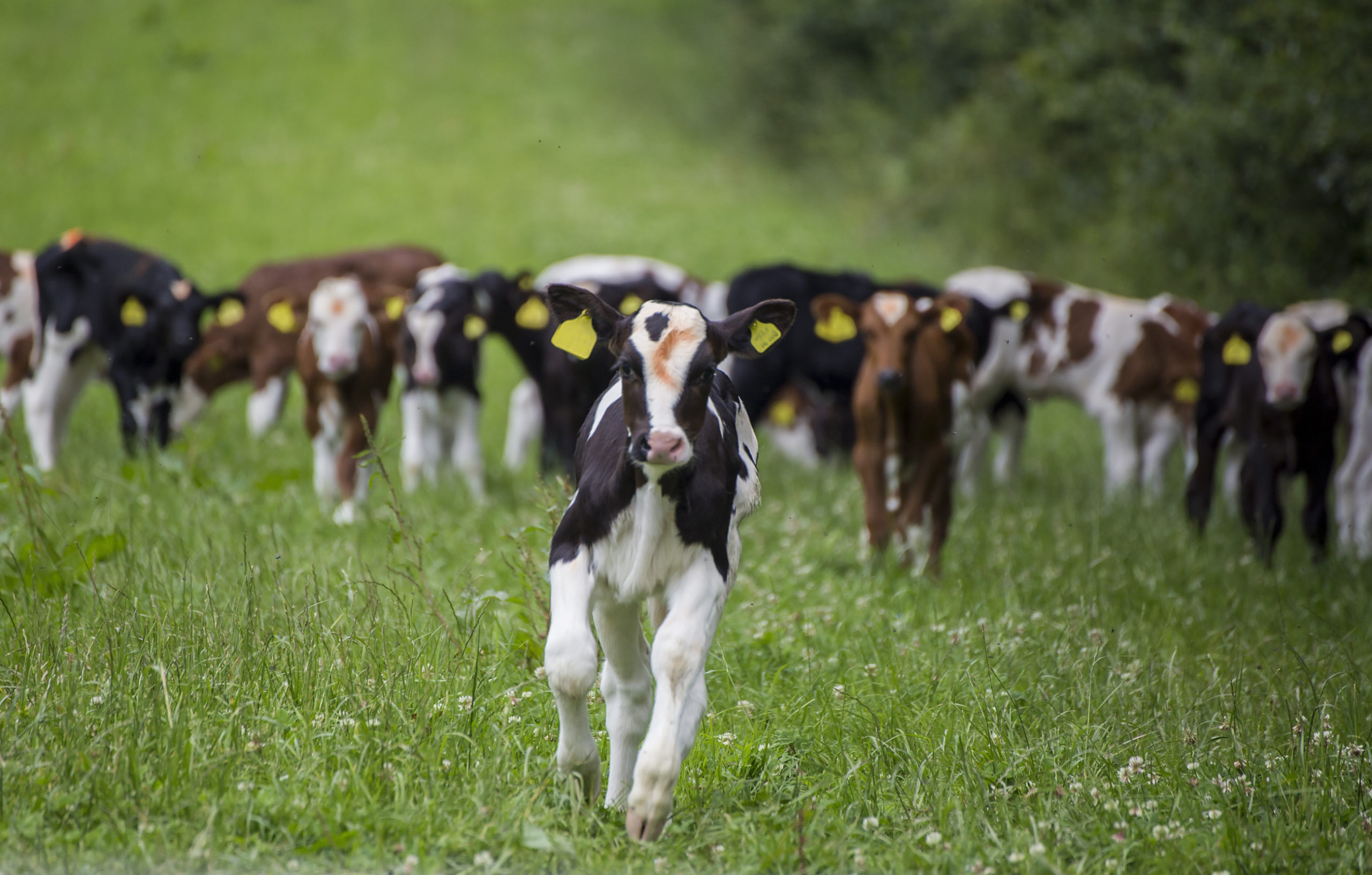
Are all animals in the herd gamma tested?
Usually all animals in the herd over six months of age are eligible for gamma testing.
Animals under six months of age are automatically excluded from gamma testing as their immune systems are still developing and this can interfere with the test, leading to false positive results.
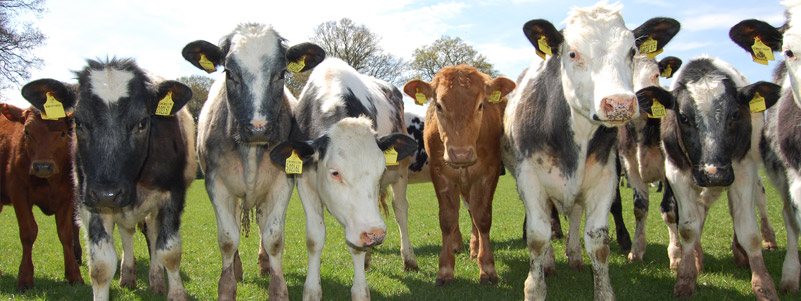
Can herds be exempted from gamma testing?
Certain herds (e.g. intensive fattening herds) may be eligible for exemption from gamma testing if they fulfill certain specific criteria following individual risk assessment by an APHA vet.
Sometimes specific, separate groups of cattle on a TB breakdown holding may be excluded from gamma testing if they are deemed to be at low risk of infection following a veterinary risk assessment by APHA.
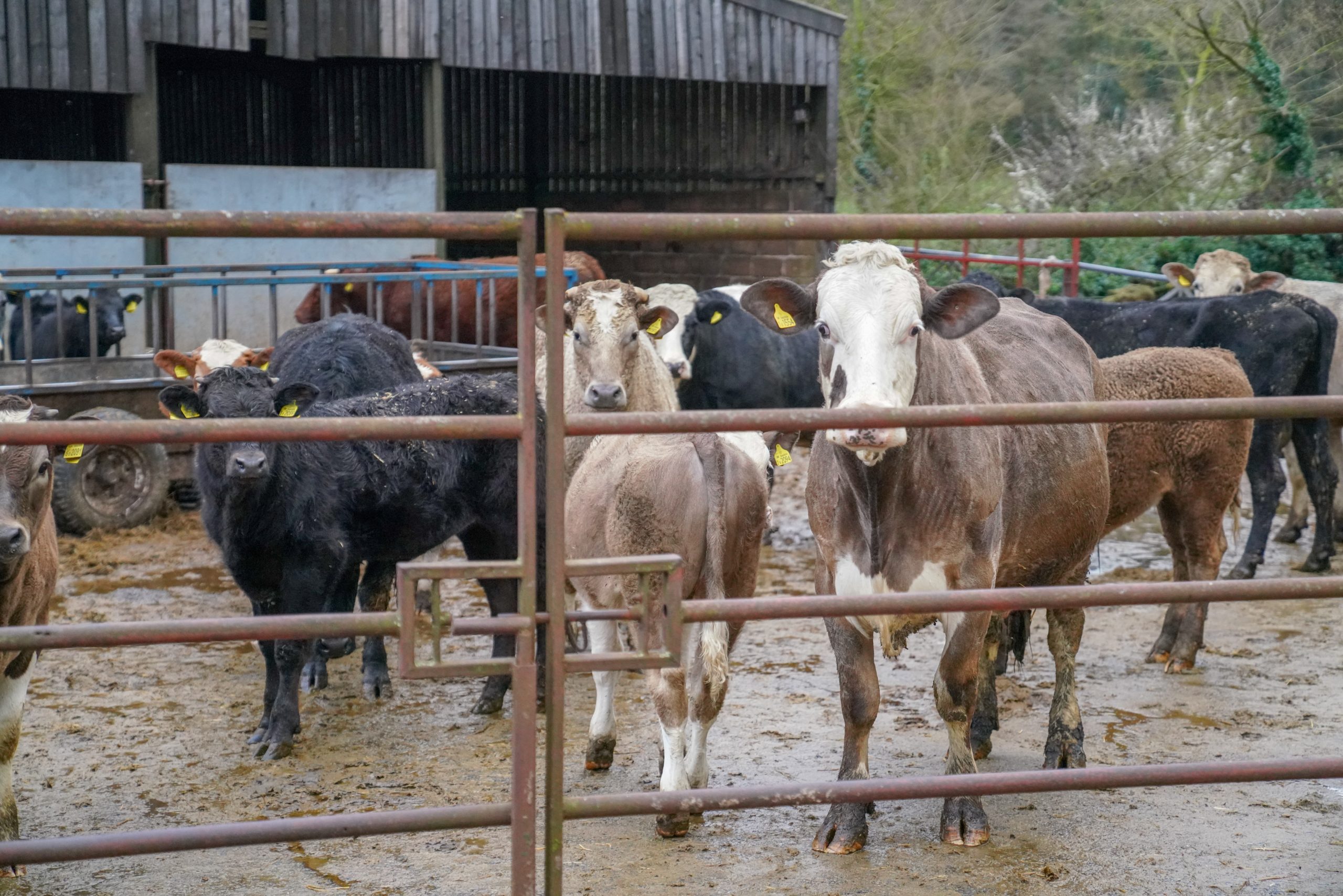
How many gamma tests does each TB breakdown herd require?
TB breakdown herds eligible for gamma testing will initially undergo one round of blood testing. After this the potential need for further gamma tests is assessed by an APHA vet using specific criteria relating to the results of subsequent tests and post mortem/culture results. In England and Wales the test is repeated as long as standard interpretation skin test reactors and/or animals with visible lesions of TB at slaughter continue to be identified in those herds. The number of gamma tests will vary between TB breakdown herds according to their individual circumstances.
Private gamma testing
The option of private gamma testing was made available in April 2016 in England only. With prior approval from APHA, private vets are able to submit blood samples for gamma testing to an APHA laboratory at the owner’s expense. Private gamma testing is limited to a small number of specific scenarios outside of the government funded testing programme, where owners seek additional assurances as to the TB-free status of animals over and above statutory testing.
Private gamma testing can be used in the following situations.
- To supplement pre- or post-movement testing of animals that are not subject to, or have passed a compulsory skin test
- To screen animals joining high-value herds, including pedigree bulls entering semen collection centres
- To test animals following a negative routine or tracing skin test
- As a marketing tool to add value to herds/animals intended for sale
- Rapid retesting of inconclusive skin test reactors (before or after the skin re-test) where no government funded gamma test is planned
Cattle not eligible for private gamma testing include reactors and other cattle awaiting slaughter for TB control purposes, cattle from TB breakdown herds undergoing government-funded gamma testing and herds under restrictions for overdue skin testing.
If a positive result is received, the animal is likely to be compulsorily slaughtered with compensation paid. The herd would be placed under movement restrictions and normal breakdown procedures followed. In specific circumstances some low-risk animals giving a positive result may be re-tested at government discretion and expense.
Cattle keepers wishing to carry out private gamma testing should discuss this with their private vet. For more information about private gamma testing see the guidance for private vets on GOV.UK.
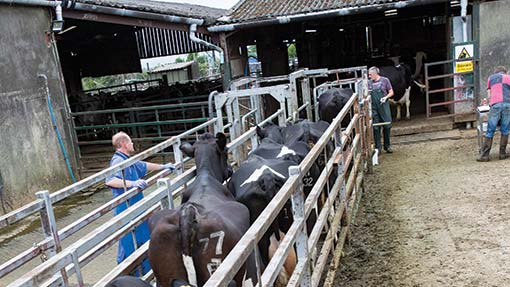
How is the gamma test carried out on-farm?
APHA will contact the herd owner to arrange a date and time to carry out the gamma test and discuss animal handling facilities and logistics. Blood sampling is carried out by trained Animal Health Officers and they usually work in pairs or teams for all but the smallest herds. Government-funded gamma testing is currently only carried out by APHA staff and not private vets.
Blood samples are taken most commonly from the tail vein, or sometimes from the jugular vein in the neck. It is important that the cattle handling facilities allow safe, easy access to the tail area of the animals so that blood samples can be taken quickly and efficiently.

The blood samples must be handled carefully and kept warm; specifically between 17ºC and 27ºC. The blood samples are stored in temperature-controlled packing systems to protect them from extremes of temperature. If the temperature of the samples is too hot or too cold on arrival at the laboratory, the test cannot be completed and the samples will be rejected. The risk of rejection is higher in very cold weather and APHA will sometimes postpone or re-schedule gamma testing if this is considered a significant risk.
Gamma test results are reported to the owner within 10 working days after the blood samples are taken. APHA will usually contact the herd owner by telephone to discuss the results and in all cases a letter is sent detailing the results.
What do the results mean?
There are four possible outcomes for each blood sample subjected to the gamma test.
The animal has failed the test and is classified as a reactor (gamma reactor). The animal is compulsorily slaughtered and compensation is paid
The animal has passed the test.
When a blood sample has a quality control fail, and the same sample is re-tested and fails a second time, the lab will request a new sample from the same animal (APHA will advise the herd owner accordingly). An animal is only resampled once. The average resample rate for samples in GB is approximately 5%.
The sample was not tested by the laboratory and another blood sample will need to be collected from the animal (see below for the reasons for rejection).
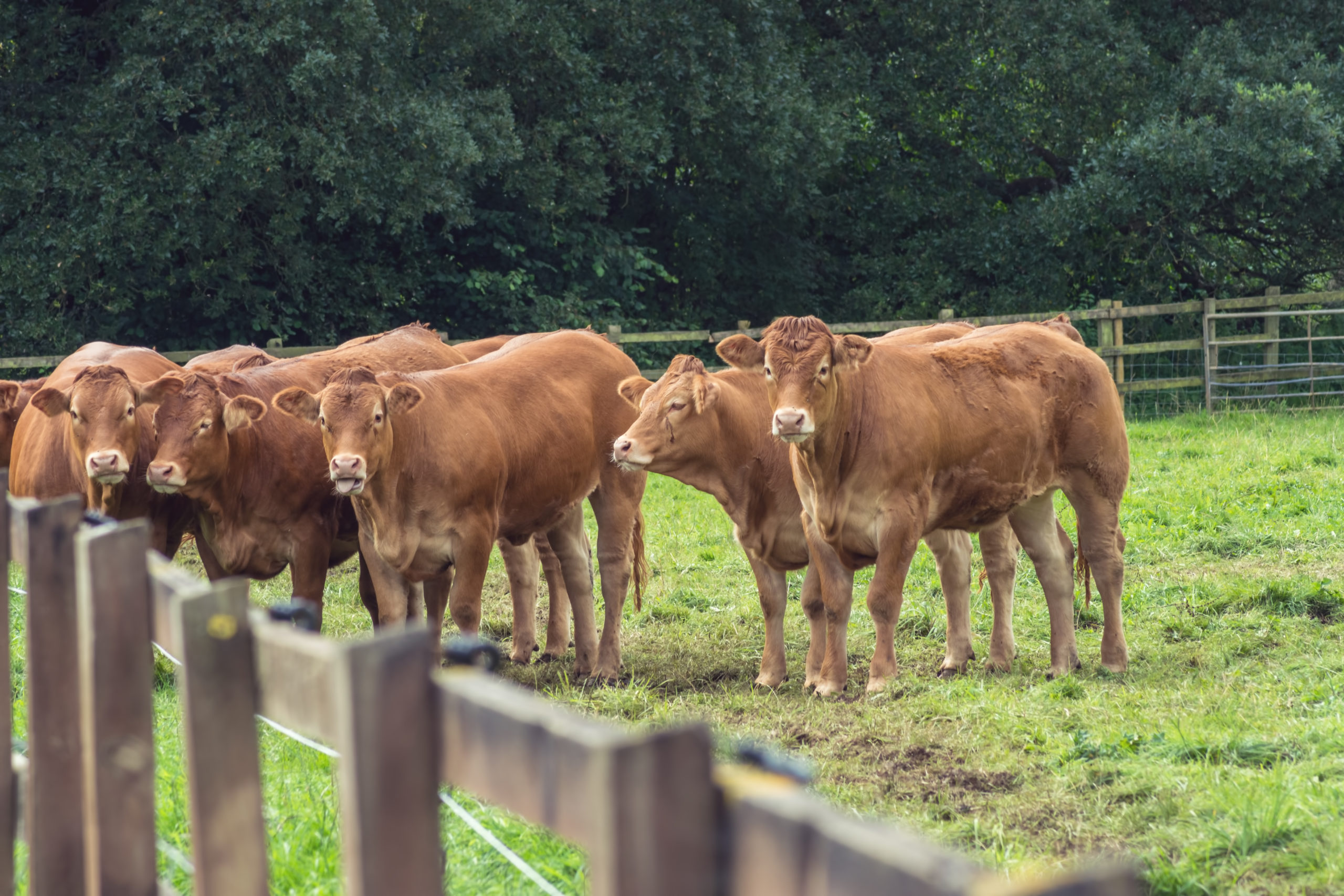
Why are some samples rejected by the laboratory?
The APHA laboratory may reject blood samples where any of the following occurs.
- Insufficient volume of blood taken
- Blood extensively clotted in the tube
- Temperature of the blood samples on arrival at the laboratory falls outside of the recommended range of 17- 27°C
- Incorrect, broken or cracked blood tubes used
- Incorrectly labelled or unlabelled blood tubes
- Samples received too late at the laboratory
How accurate is the gamma test?
No diagnostic test is perfectly accurate and there is a trade-off between sensitivity and specificity.
The probability that a test will correctly identify an infected animal as positive. The higher the sensitivity, the lower the probability of incorrectly classifying an infected animal as uninfected (a false negative result).
The probability that a test will correctly identify an animal that is free from infection as negative. The higher the specificity, the lower the probability of incorrectly classifying an uninfected animal as infected (a false positive result).
The gamma test is more sensitive than the skin test (~90% compared to ~81%), i.e. it is less likely to miss infected animals. On average, the gamma test has a specificity of 96.6%1, which in practical terms means 3-4 false positives per 100 disease-free animals tested. The tuberculin skin test has a higher specificity of 99.98% which equates to one false positive per 5,000 disease-free animals tested.
Predictive value of the test
As well as the sensitivity and specificity, it is also important to consider the positive and negative predictive values of the gamma test. Positive and negative predictive values can be confused with sensitivity and specificity, but they are not the same. Sensitivity and specificity are purely characteristics of the diagnostic test itself, whereas positive and negative predictive values are a function of the sensitivity and specificity of the test and are also influenced by the level of disease in the population being tested.
The probability that an animal with a positive test result is truly infected.
The probability that an animal with a negative test result is truly free from infection.
Thinking about PPV in the context of testing cattle for TB, we are essentially asking
“If an animal tests positive to the gamma test, what is the probability that the animal is truly infected with M. bovis?”
If we gamma test a TB breakdown herd with lesion and/or culture positive animals, and gamma positive animals are disclosed, it is highly likely that the herd is truly infected with M. bovis. In this situation we would say that ‘the test has a high positive predictive value’ i.e. we are confident that the test is a strong indicator of infection.
The PPV of the gamma test is lower than the tuberculin skin test at standard interpretation, mainly because the specificity of the gamma test is lower. Even so, the PPV of the gamma test is still high enough to warrant the removal of all gamma positive animals (regardless of their skin test result) in TB breakdowns with lesion and/or culture positive animals.
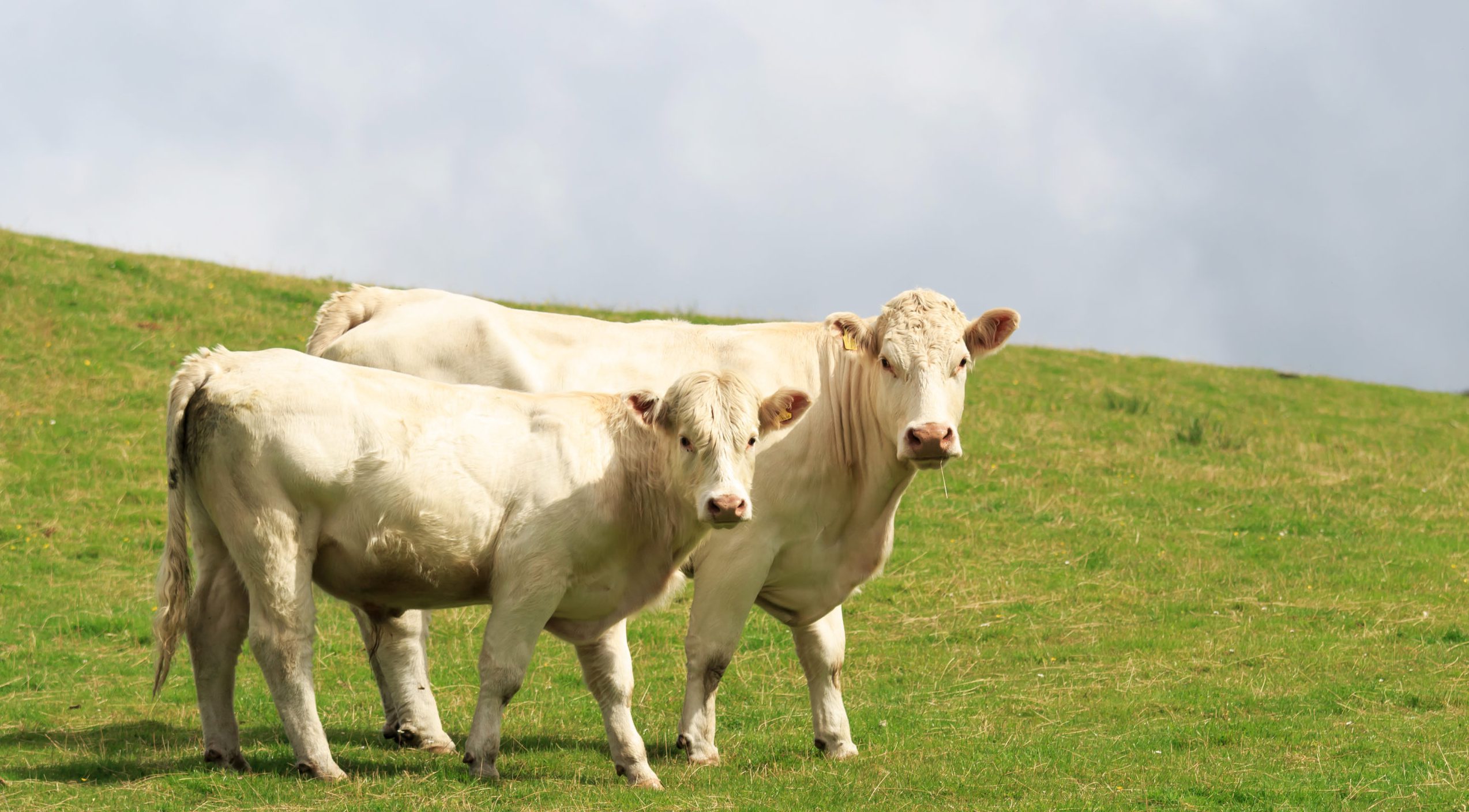
What about false positives?
The gamma test is not as specific as the tuberculin skin test which means that more false positives occur. That is why the gamma test is, in most cases, only applied to lesion and/or culture positive TB breakdown herds. In these herds the risk of taking out low numbers of false positives is outweighed by the need to identify and remove all infected cattle, and a test-positive animal is in any case more likely to be infected.
What are the benefits of using the gamma test alongside the skin test?
The skin test can miss 20-25% of TB-infected cattle at standard interpretation and likewise the gamma test cannot identify every infected animal. The two tests identify slightly different ‘sub populations’ of TB-infected animals; for example the gamma test can identify cattle at an earlier stage of infection, as well as infected animals that simply fail to respond to the skin test. Hence using both tests together increases the probability of detecting all infected animals in the herd. Also, by applying the gamma test at the beginning of a new TB breakdown, we can shorten the duration of movement restrictions applied on herds and reduce the cost of breakdowns.
Of approximately 490,000 skin test-negative animals from TB breakdown herds that have been gamma tested since the test was introduced in 2006, over 29,000 gamma reactors have been identified that otherwise might have been missed. This highlights the benefits of supplementing skin testing with the gamma test to maximise the chances of removing all TB-infected animals and reducing the risk of leaving undetected residual infection in the herd.
What about ‘NVL’ gamma reactors?
All cattle compulsorily slaughtered for TB control purposes undergo post mortem meat inspection to check for lesions suspicious of TB in the carcase. The result of the post mortem inspection is reported as either
- VL (visible lesions); or
- NVL (no visible lesions)
A relatively small proportion of gamma test reactors show visible lesions typical of TB at post mortem inspection. It is important to recognise that this is due to the insensitive methods of confirming infection with M. bovis at slaughter, and not a failure of the gamma test. Furthermore, the gamma test is always used after the TB breakdown herd has been subjected to at least one round of skin testing. This means that, by the time the blood test is deployed, many of the worst affected animals (i.e. those with the most extensive lesions of TB) will have been removed from the herd.
A gamma test reactor that shows no visible lesions at post mortem inspection can occur for one of the following reasons.
- The animal was in the early stages of infection with M. bovis when it was detected by the test, at which point the TB lesions were too small or localised to be seen by the naked eye. This is particularly relevant for the gamma test, as it tends to identify animals earlier in the course of infection than the skin test and before any visible lesions have developed.
- The animal had visible lesions at post mortem inspection, but they were missed during a relatively quick post-mortem inspection at the slaughterhouse.
- The gamma test result was a genuine false-positive. As stated above, we can expect this to happen in approximately 3.5% of TB-free animals.
The use of the gamma test by APHA is limited to herds that are suffering a TB breakdown and (nearly always) following confirmation of M. bovis infection by post-mortem or laboratory culture in one or more skin test reactors or slaughterhouse cases from those herds. Therefore, NVL gamma test reactors can represent a combination of the three scenarios described above. However, the fact that TB has previously been detected in the herds that are subjected to gamma testing gives us more confidence that the majority of NVL test reactors are animals truly infected with M. bovis.
Additionally, published studies in GB, the Republic of Ireland and Northern Ireland show that gamma test-positive animals left in herds have a significantly higher risk of disease progression compared with test-negative animals from the same herds. ² ³ ⁴ ⁵ In that sense, the early detection and compulsory removal of all gamma-positive animals from a TB breakdown herd, before they can reach the more infectious (VL) stages of the disease, should be regarded as one of the key benefits of the gamma test.
Summary
- The gamma test is a supplementary blood test used alongside the skin test to increase the chances of identifying TB-infected cattle in specific TB breakdown situations.
- Blood samples are collected from cattle on-farm and the test is carried out in the laboratory under a stringent quality control system.
- The gamma test is more sensitive than the skin test. It can identify TB-infected cattle that are missed by the skin test and those that are earlier in the course of infection.
- The gamma test is less specific than the skin test and for that reason its use is generally restricted to herds suffering fully confirmed TB breakdowns with lesion or culture-positive animals.
- Test positive animals (gamma and skin test reactors) do not necessarily show lesions typical of TB at post mortem meat inspection. This is because they are often in the early stages of infection when TB lesions are too small to be seen by the naked eye, or sometimes lesions are missed at the slaughterhouse.
- The gamma test is approved for statutory use in the testing of bovine animals in GB and the keeper has a legal obligation to comply with all reasonable requirements of APHA with a view to facilitating its application.
